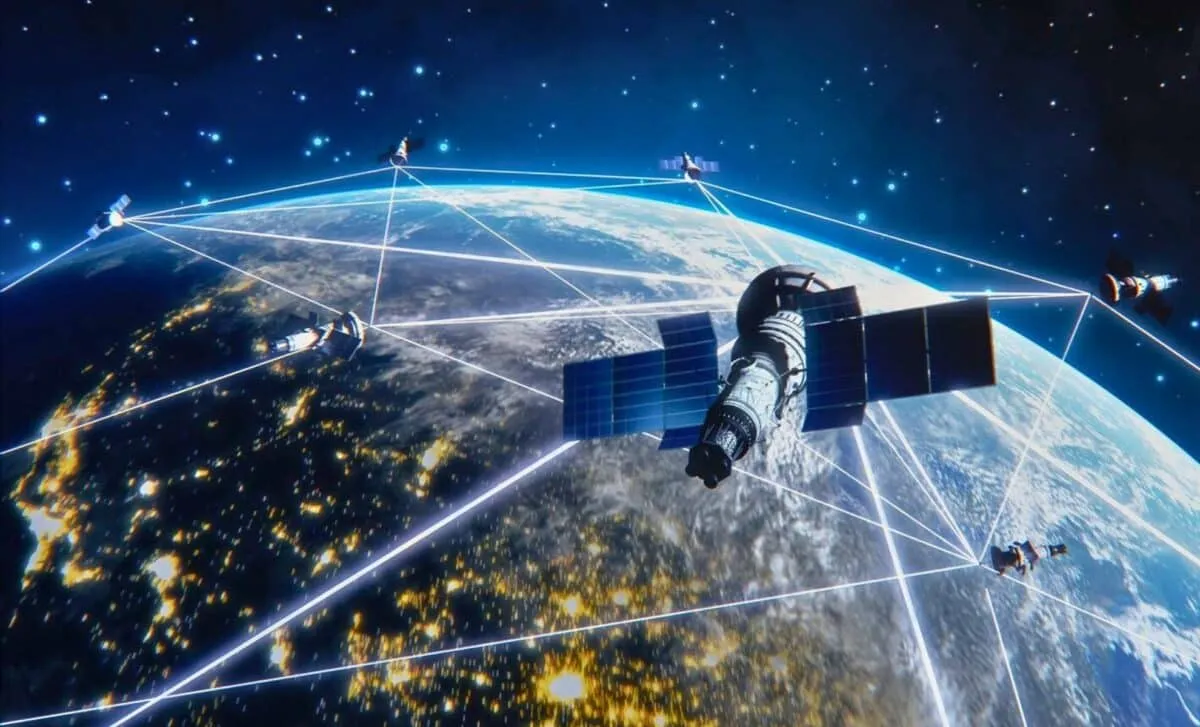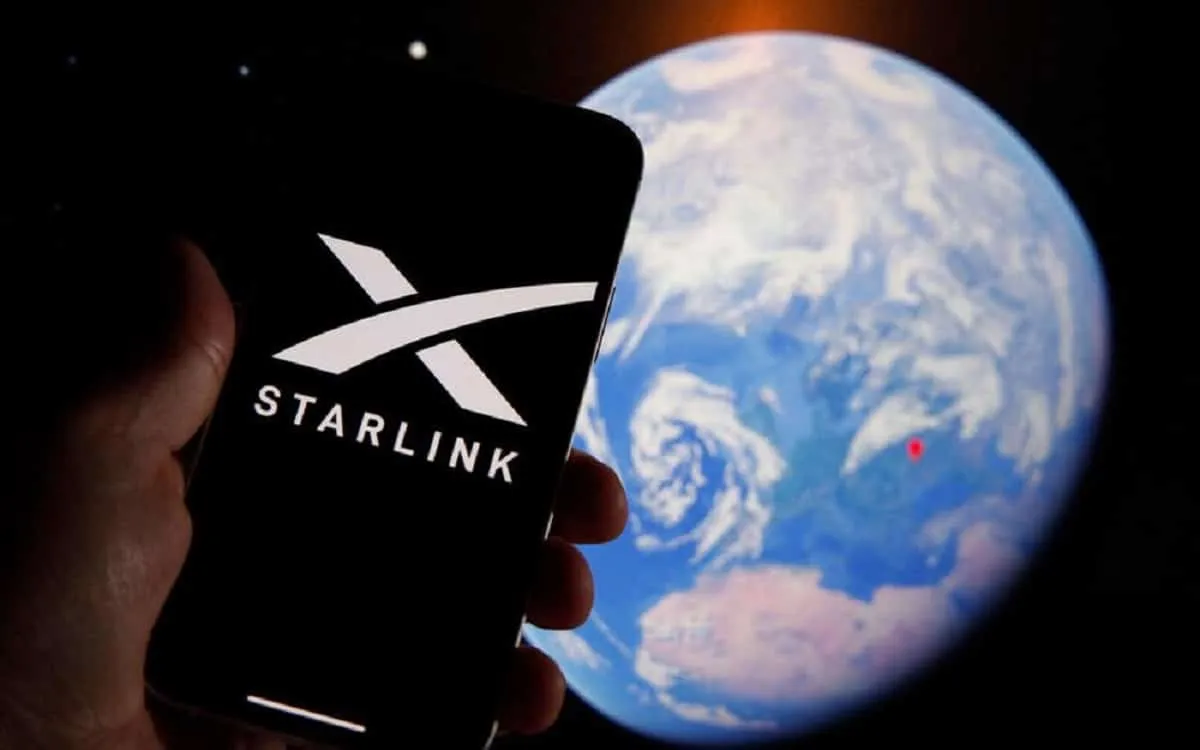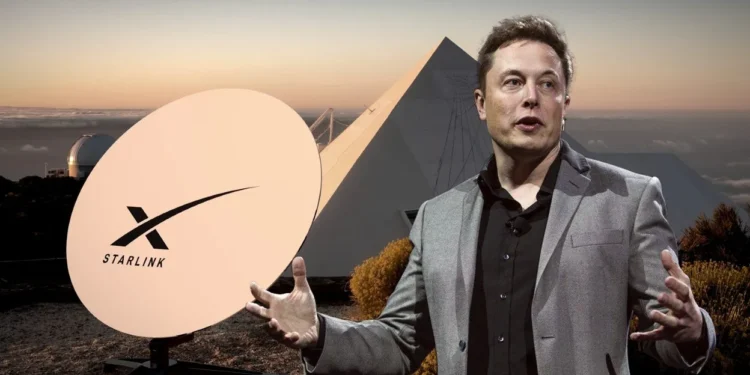Unlike the bulky satellite phones of the past, which necessitated specific equipment and specialized SIM cards, Starlink’s Direct-to-Cell technology operates with any LTE-enabled smartphone. This seamless integration means that your current smartphone could connect to a satellite and maintain communication capabilities in the most remote areas—from dense jungles to expansive deserts, and even the open sea.

Starlink’s technological leap has been confirmed by a report to the FCC, revealing successful tests across major smartphone brands such as Apple, Samsung, and Google. The ability to make clear calls from isolated areas not only enhances personal communication but also promises to revolutionize emergency response and daily connectivity in underserved regions.
Bridging the Gap: A Boon for Emergency Services and Rural Areas
For adventurers and travelers, the implications of Direct-to-Cell are thrilling, yet the technology also stands to provide critical support for emergency responders and individuals in remote areas where traditional mobile service falters. Starlink’s innovative system allows users to send fully customizable messages through their preferred apps, vastly improving the potential for effective communication in urgent situations.

Looking to the Future: Expanding Beyond Voice Calls
While the immediate future of Starlink’s service includes the rollout of commercial packages—details of which are currently under wraps—the ambitions do not stop at voice communication. According to details from the FCC filing, future enhancements may include satellite-powered web browsing, IoT integration, and more robust data services. These developments aim to provide high-quality mobile service universally, leveling the field between urban centers and the most remote locations.

A Connected World Without Dead Zones
For many, especially those in well-connected urban environments, the promise of uninterrupted mobile service may seem redundant. However, for billions globally dealing with unreliable coverage, Direct-to-Cell represents a monumental shift towards reliable, accessible communication options, echoing Musk’s vision of a world where geographical boundaries do not dictate connectivity quality.










